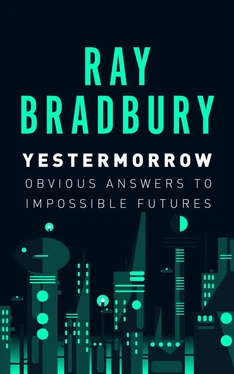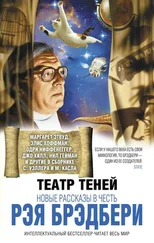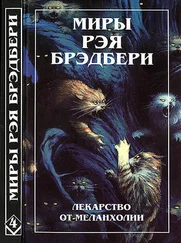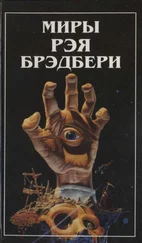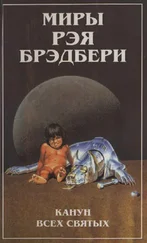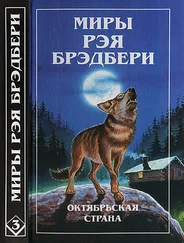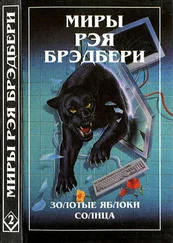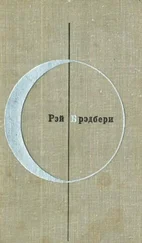“Once you’ve passed its portals you can never return again.”
To hell with that.
You had damned well better return, or life won’t be worth a damn.
Ask me. I’ll show you the way.
FILL ME WITH WONDER, YOU ARCHITECTS
Fill me with wonder, you architects;
Make me wander.
Let far be near at hand
And near? Up yonder
Let me not know quite where I go,
Let me seem lost;
Stuff my eyes with texture on texture
At any cost.
Confuse me with where I might maunder
And yet arrive;
And the final end of my journey?
I’m alive!
Let each twist and turn be target and goal
So that each jigsaw scrimshaw turnabout patch
Is part to the whole.
Let me be yang, or yet again yin
Let me not sense just where I’ve just been.
And whether it’s northwest turned south
Or southwest gone east
Brim my gaze, yeast my soul with a rampant feast.
So each part of the plan, every feature and phase
Is a chart where I’m lost and yet found in amaze,
Where you go to be spun
Like a weathercock wheel
In directions of sight, or mere touching to feel.
Let the scent of fine foods fetched to sharpen the air.
Move my moveable hunger toward an impulse to share.
But this above all, you but need name the cost.
Let me find a new soul, where I dared to be lost.
Unbuilt Cities/Realized Dreams
Is there a relationship between art history, daily and Sunday comic strips, the great illustrators, and the evolution of science fiction?
Does science fiction and its unreal mirror image, fantasy, have wild roots in the art metaphors of the nineteenth century?
Does it all influence a mob of twentieth-century film magicians?
Finally, do these celluloid geniuses reinfluence the others?
We might as well ask: Are houses haunted? Does life thrive on other worlds.
Yes.
How so?
Houses are haunted by Fuseli/Blake/Goya imaginations.
Far worlds are seeded with Frank R. Paul/Robert McCall dreams.
Here-and-now cities sprout from old Melies’ sprocket-dancing pictures, Little Nemo full-page Sunday architectures, and skyline images from William Cameron Menzies’ art-directed Things to Come.
In the ricochet between night remembrance, palette and paint, printed word, and phantom cinema, a multitude of new worlds, spoken, seen, or watercolor-sketched, have come to birth.
A long Thanksgiving dinner. I will try to translate the menu.
Where to start?
Most of my generation, as young readers and writers of time-traveled pasts and hoped-for futures, was seized into novels illustrated by two artists: N.C. Wyeth and J. Allen St. John. Wyeth piloting his great metal white whale under-the-sea Nautilus. St. John astride his eight-legged thoats, dusting the acres, atrot along dry Martian seas.
We all knew that Wyeth’s Captain Nemo never was and that St. John’s Mars could never be. Yet amid all the chalkboard configurations of new physics and Viking Landers, we now know that the thoats will rove forever in the blowing Martian nights and Verne’s crazed captain will always rave under the tides—and all because Wyeth and St. John did more than facts and physics can to figure out God’s dreams for man. Both artists could describe the madness that is youth and the limitless territories that exist between a youngster’s left ear and his right.
Carl Sagan, Arthur C. Clarke, and Bruce Murray of the Jet Propulsion Lab—the list of young dreamers who did not grow old is endless. The meadowlands of Cape Canaveral are strewn with grown-up kids who swam after the grand concourse of submarines or marched behind the impossible thoats in a storm of red.
My experience differs little from theirs. Fairy tales awakened me, Wyeth and St. John sat me up, and the bright covers of Amazing Stories and Wonder Stories , and Buck Rogers in the 1929 daily papers, exploded me into the universe.
I never came back.
Would that more teachers learned to find and teach such metaphors as, once sighted, would cause the impossible desire to rise in the human breast making them want to live forever.
Why want to live forever?
So as to be able to stroll in the channels of those dead Martian “seas,” or stand on the rim of that Grand Martian Canyon, which is as long and almost as wide as our entire continental United States.
So as to be able to stride into the front covers of the twenties’ science fiction magazines and never come out. To be encompassed, devoured, assimilated by those wondrous metaphors of humanity’s childhood dreams.
For that, almost completely, is what science fiction means to me. It is the history of towns and cities yet unbuilt, ghosting our imaginations and lifting us to rise up and find hammers and nails to build our dreams before they blow away.
I dare suggest some architects who, if you asked, would say the same: that a Frank R. Paul cover painting on an October 1929 issue of Amazing Stories caused them to buy pens, pencils, rulers, and drawing boards to paper up a concept and create a living world.
If you bombarded an audience with three minutes’ worth of covers from the old science fiction magazines, each screened for just two or three seconds, the effect would be stunning. For city after city, wall after wall, avenue after avenue, would strike the retina and stimulate the brain. How could you not, after seeing all that explosive stuff, want to stick around and be part of the fantastic years ahead?
I was reminded of this all over again just last week when some mysterious friend sent me a complete set of tear sheets from the serialization of H.G. Wells’ The Sleeper Awakes , which appeared in Harper’s Weekly in 1892. In vivid illustration after illustration, the concept of a man plastered against a crystal dome four hundred feet above an incredible future city, staring down in wonder at its skyports and car-streams, was enough to locomote the old engine and ventilate desire.
It was thus with all the H.G. Wells stories and the Verne tales published between 1850 and 1912. The future was actually there. You could touch it on the bright paper. You could smell it in the oils and perfumes that permeated the ink.
It was thus when Buck Rogers awakened, in October 1929. With the help of Wilma Deering, who found him wandering out of a long-winter sleep and strapped an inertron belt on his back and jumped into the air. A million hearts leaped to life that afternoon and never stopped leaping.
These futures, so wonderfully pursued in color and line, repeated in the Sunday full-page spreads, collided with the future actually built in the 1933 Chicago World’s Fair, and again in New York in 1939. I walked through those fairs, brimming with tears of joy, glad to be inside the covers of Amazing Stories at last, closeted with illustrations come to life and reared to touch the sky and the soul. When the two fairs were torn down, part of my heart fell with them. The future was suddenly sunk and lost. My heart would break if it never returned.
I, like others aged twelve, built the future out of papier-mâché in my backyard, in order to guarantee its return, and repeated the stuff in my first stories. As I grew into my twenties I knew that if I wrote long enough and hard enough and willed the future to return, one day it would.
So the world we live in today is the direct result, I think, of the artwork, the illustrations, and the architecture of only-yesterday’s artists, who influenced films and comic strips as well as young writers and budding scientists.
If you flip back through the years 1905 to 1915 you will find the incredible cities, the impossible architecture of Little Nemo, as drawn by one of the greatest cartoon illustrators of the century, Winsor McCay.
Читать дальше
